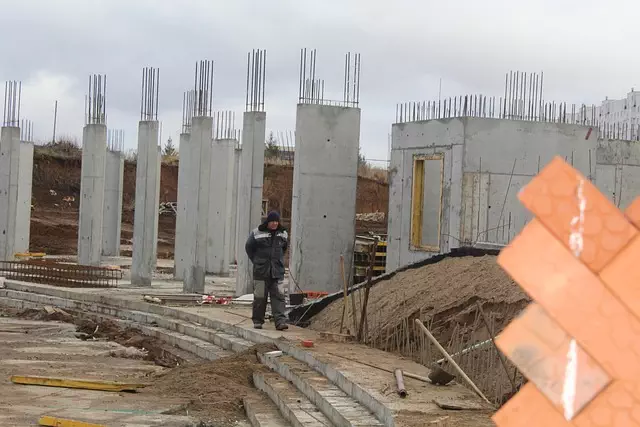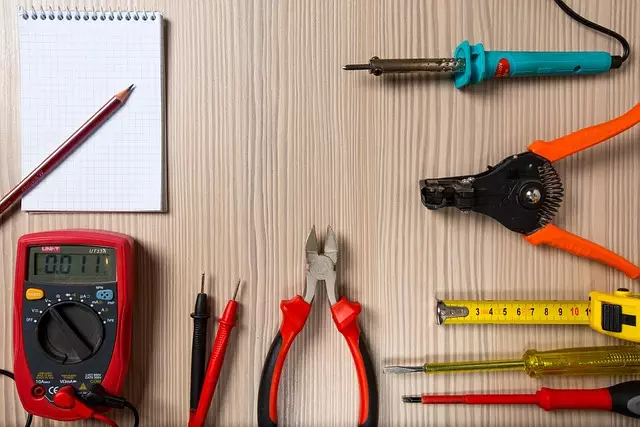Foundation leaks, primarily due to waterproofing failures and soil/construction-related cracks, can cause substantial structural damage if left unattended. Early indicators include water stains, mold, musty odors, and floor irregularities. Prompt action is vital as minor leaks can escalate. Residential Foundation Repair involves addressing drainage, using tools like moisture meters, and implementing solutions like epoxy injection or structural stabilization. Regular maintenance, including inspections, proper drainage, and waterproof barriers, prevents costly repairs by safeguarding homes' structural integrity.
Foundation leaks are a common concern for homeowners, leading to costly structural damage. This comprehensive guide delves into the world of residential foundation repair, focusing on leak detection and prevention. We explore the root causes behind these leaks, from water intrusion to settlement issues, and how to identify early signs. Modern technology vs traditional methods are compared, offering a detailed assessment process. Learn effective repair strategies, ranging from DIY solutions to complex restorations, and discover proactive measures to safeguard your home’s integrity.
Understanding Foundation Leaks: Common Causes and Early Signs

Foundation leaks are a common issue that can affect homes of all ages and styles, leading to significant structural damage if left unaddressed. Understanding the causes and early signs is crucial for homeowners looking to prevent or mitigate such problems. One of the primary causes is faulty waterproofing, often resulting from cracks in the foundation walls or floors due to shifting soil, tree roots, or poor initial construction. These cracks can allow water to seep into the basement or crawl space, leading to visible moisture issues and, over time, structural compromise.
Early signs of a foundation leak include noticeable water stains on walls, mold growth, musty odors, and an increase in indoor humidity levels. Floors may also develop uneven spots, bulges, or cracks, indicating potential structural damage caused by ongoing water intrusion. Prompt action is vital; even minor leaks can expand over time, leading to costly residential foundation repair processes that might include reinforcing the structure, sealing entry points for water, or in severe cases, underpinning the entire foundation to stabilize the building.
The Impact of Water on Residential Foundations

Water is one of the most common and insidious enemies of residential foundations. Over time, its relentless force can cause significant damage, leading to costly repairs or even structural instability. From persistent leaks to heavy rainfall, water infiltration can exacerbate existing issues or create new ones, particularly in regions with fluctuating weather patterns. Prompt action is crucial; addressing water-related problems early on through regular inspections and effective drainage systems can prevent major disasters.
Regular monitoring for signs of moisture intrusion, such as mold growth or visible cracks, is essential. Implementing appropriate measures to direct rainwater away from the foundation—like proper grading, downspout extensions, and waterproof membranes—can significantly reduce the risk of water-induced damage. In cases where water has already infiltrated, professional intervention is advised; experienced contractors in residential foundation repair can assess the extent of the issue and provide tailored solutions to restore the structural integrity of the home.
Traditional Methods vs Modern Technology for Detection

In the realm of residential foundation repair, leak detection has evolved significantly from traditional methods to modern technology. Historically, identifying foundation leaks often relied on visual inspections and time-consuming processes like pouring water onto the surface to uncover seepage. These methods were not only labor-intensive but also prone to human error, especially in hidden areas that are hard to access.
Modern technology has introduced innovative solutions, such as moisture meters, thermal imaging cameras, and radar-based systems, that offer more accurate and efficient leak detection. Moisture meters measure humidity levels, pinpointing exactly where water is entering the foundation. Thermal imaging cameras detect temperature variations, indicating areas of potential leaks. Radar technology, on the other hand, creates detailed images of the substrate, allowing professionals to identify structural irregularities caused by water intrusion, which can be critical for preventing further damage and costly repairs in residential foundation repair scenarios.
Steps to Conduct a Comprehensive Foundation Leak Assessment

To conduct a comprehensive foundation leak assessment, start by visually inspecting the exterior and interior of the structure for any signs of water damage or moisture intrusion. This includes checking for cracks in walls, floors, and foundations, as well as signs of peeling paint or bubbling finishes. Use a moisture meter to measure humidity levels in suspect areas, focusing on basements, crawl spaces, and any other places where leaks are common. If necessary, apply pressure testing to identify specific points of entry for water intrusion.
Next, locate potential sources of leaks by tracing water lines and examining fixtures for leaks or corroded pipes. Check for proper drainage around the foundation, ensuring that downspouts are clear and directing water away from the structure. Inspect seals and caulk around windows, doors, and other openings to verify they remain watertight. Finally, consider historical data on past leaks and any structural changes made to gain insights into recurring issues. This thorough approach ensures a Residential Foundation Repair solution tailored to mitigate current problems and prevent future leaks.
Repair Options: From Simple Fixes to Complex Restorations

When it comes to foundation leak repair, the options can range from simple and quick fixes to complex restoration projects, depending on the extent of the damage. For smaller issues, such as cracks or seepage in the walls, a professional might recommend epoxy injection or hydraulic cement to seal the leaks effectively. These methods are cost-efficient and can be easily performed without extensive demolition, making them ideal for minimal residential foundation repair.
For more severe cases, where the foundation itself is compromised, a complete repair may be necessary. This could involve removing the damaged sections of the foundation, replacing them with new concrete, or even installing underpinning to stabilize the entire structure. Such complex restoration projects require skilled contractors who can assess the problem accurately and provide tailored solutions for long-lasting results in residential foundation repair.
Preventive Measures: Protecting Your Home's Structural Integrity

Foundation leaks are a common issue that can lead to significant structural damage if left unaddressed, often requiring costly residential foundation repair. To prevent such problems, regular maintenance and inspection are key. Homeowners should inspect their foundations for any signs of cracks, moisture, or shifting, as these could indicate potential issues.
Implementing preventive measures early on is crucial for protecting your home’s structural integrity. This includes proper drainage around the house to redirect water away from the foundation, ensuring adequate air circulation to prevent moisture buildup, and using waterproof barriers and sealing materials in crawl spaces and basements. Regularly addressing minor issues can save you from extensive and expensive repairs down the line related to residential foundation repair.
